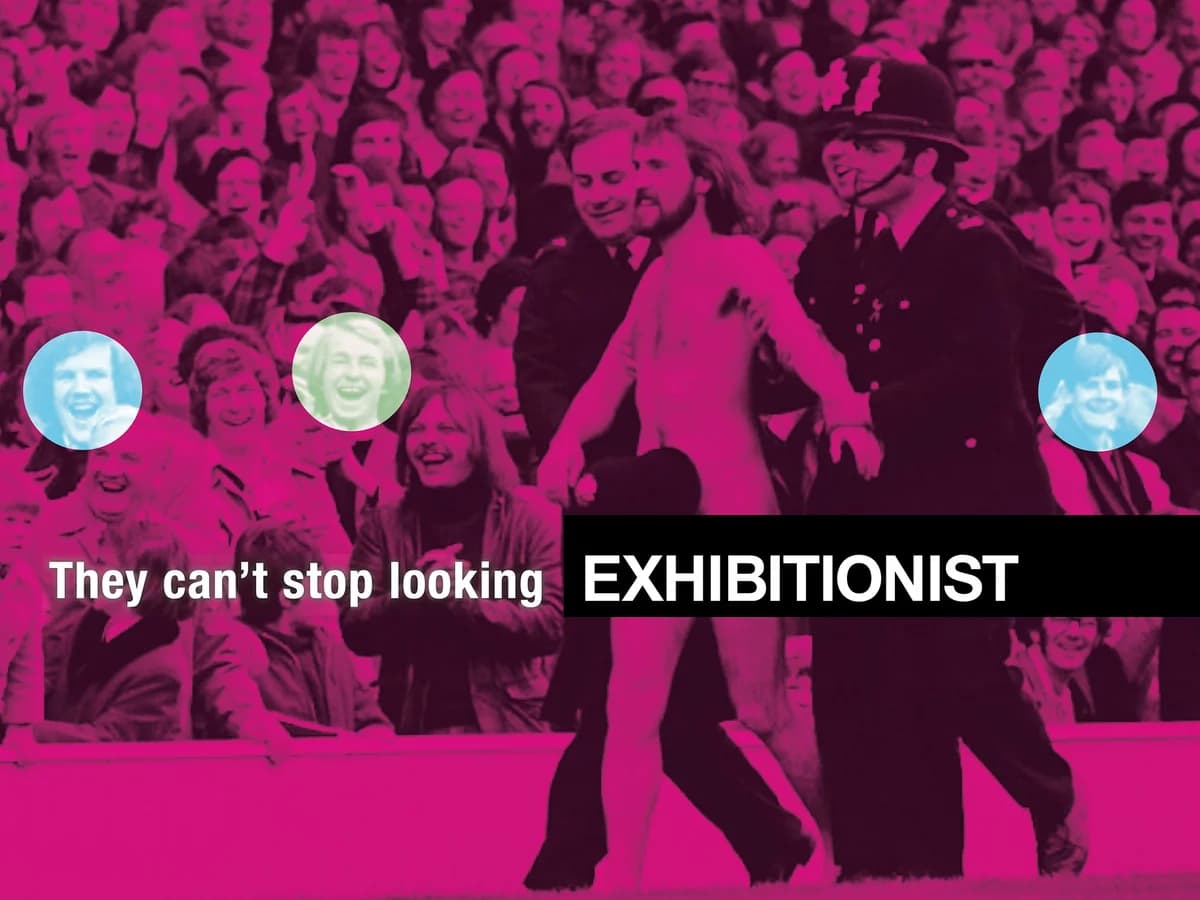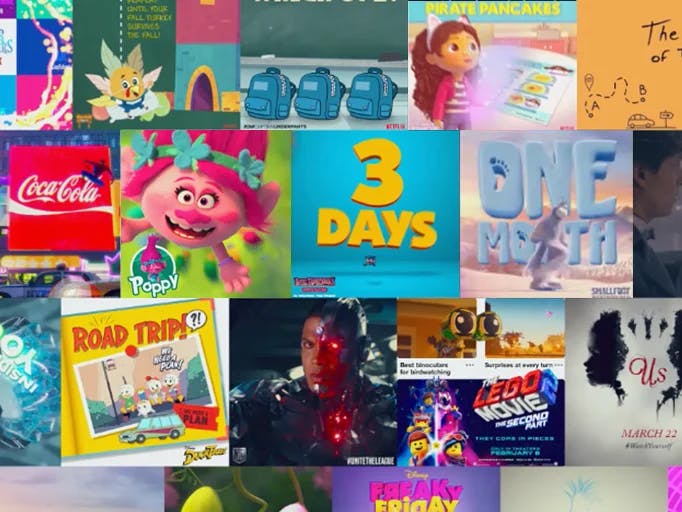
Matt Checkowski

A Visionary in Design and Storytelling

Can you tell us a little bit about your background and how did you get into design?
My journey into the world of design has been fueled by a passion for ideas that connect people, ideas, and worlds. Throughout my career, I’ve led diverse teams in crafting experiences that ignite curiosity and push boundaries. From early on, I knew that storytelling and design held the power to build meaningful connections between brands and people. Today, as I develop projects through my studio and collaborate with various partners, I aim to use design and storytelling as strategic tools to create brands that genuinely resonate with audiences.
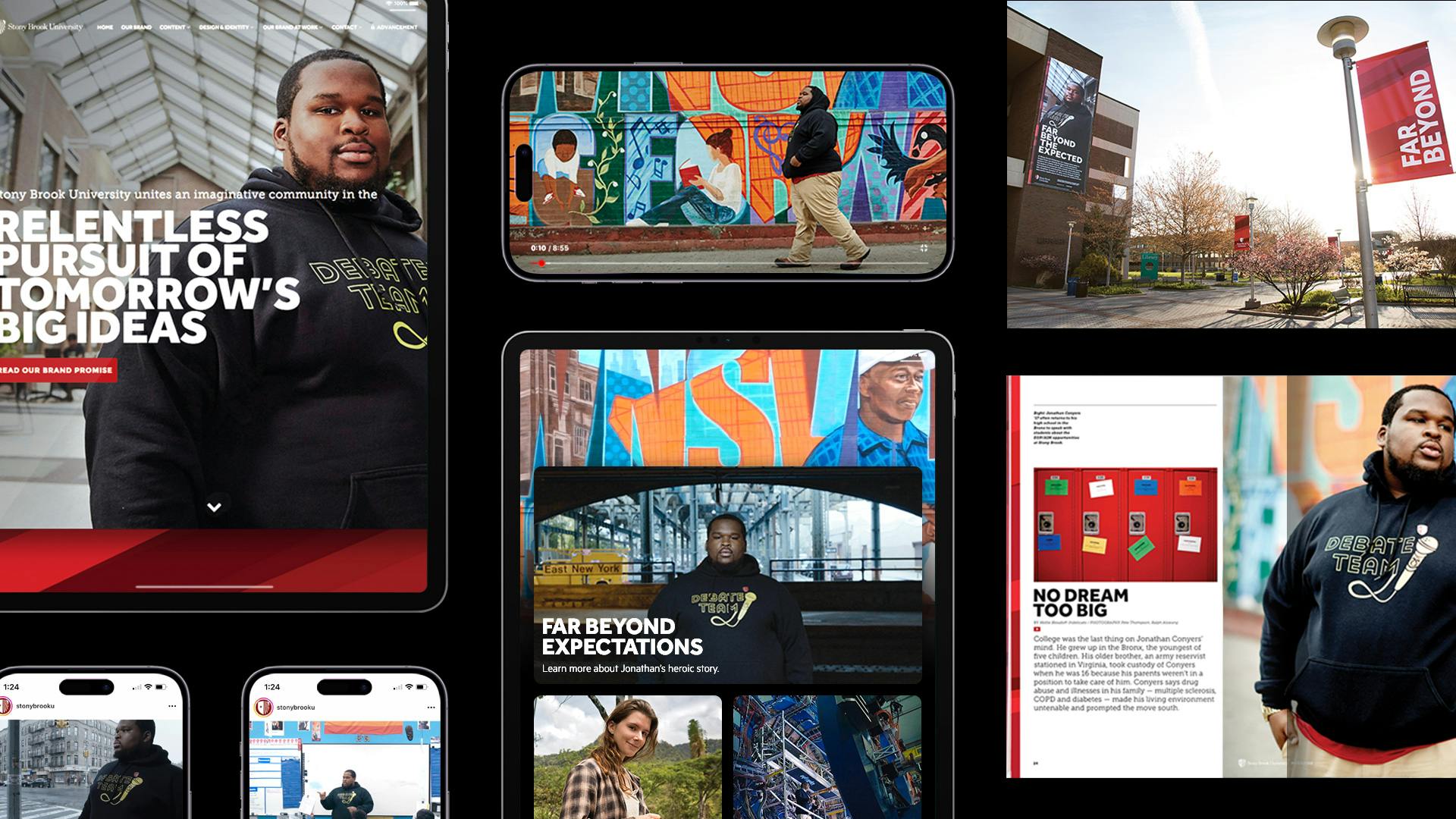
What does storytelling in design mean to you?
To me, storytelling in design is about creating an emotional journey that captivates and engages the audience. It’s about more than just visual aesthetics; it’s about evoking a profound connection with the viewer. Whether it’s through films, brand experiences, or A.I. software artwork like Glyph, storytelling enables us to infuse a human perspective into everything we create. The power of storytelling lies in its ability to bridge gaps and inspire movement, inviting people to look at the world from a fresh perspective.
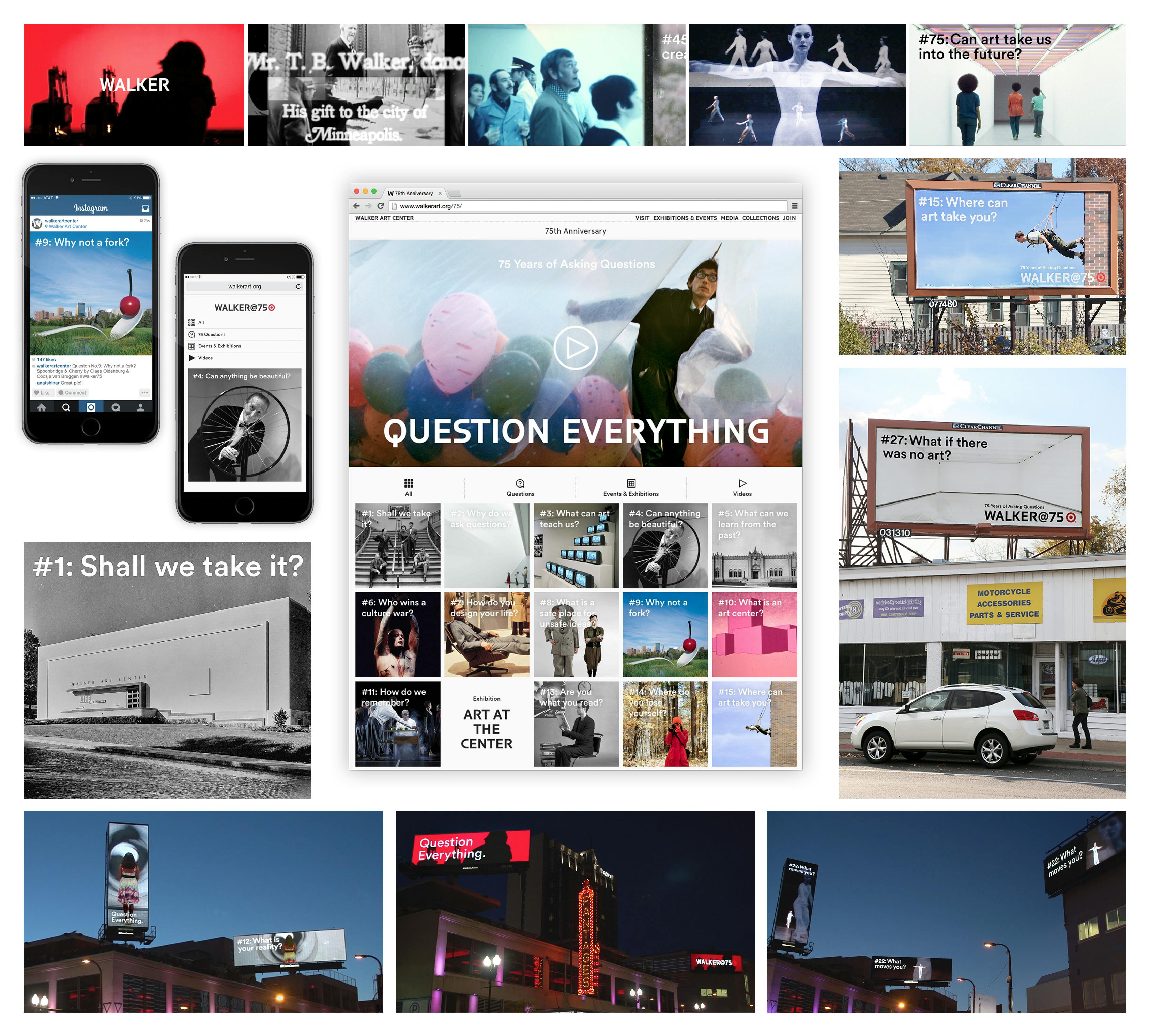
You have worked in a variety of fields, from movies with Steven Spielberg to telling stories for Sephora and Victoria’s Secret to even advising higher education institutions and critical science initiatives. How do you juggle so many different hats?
Juggling diverse projects and fields is both exciting and challenging. However, at the heart of it, all is the shared goal of telling meaningful stories and creating transformative experiences. While each project may have different objectives and audiences, the underlying thread is the passion for connecting people through design. By wearing these different hats, I get to explore unique avenues of creativity, bringing fresh perspectives to each endeavor.
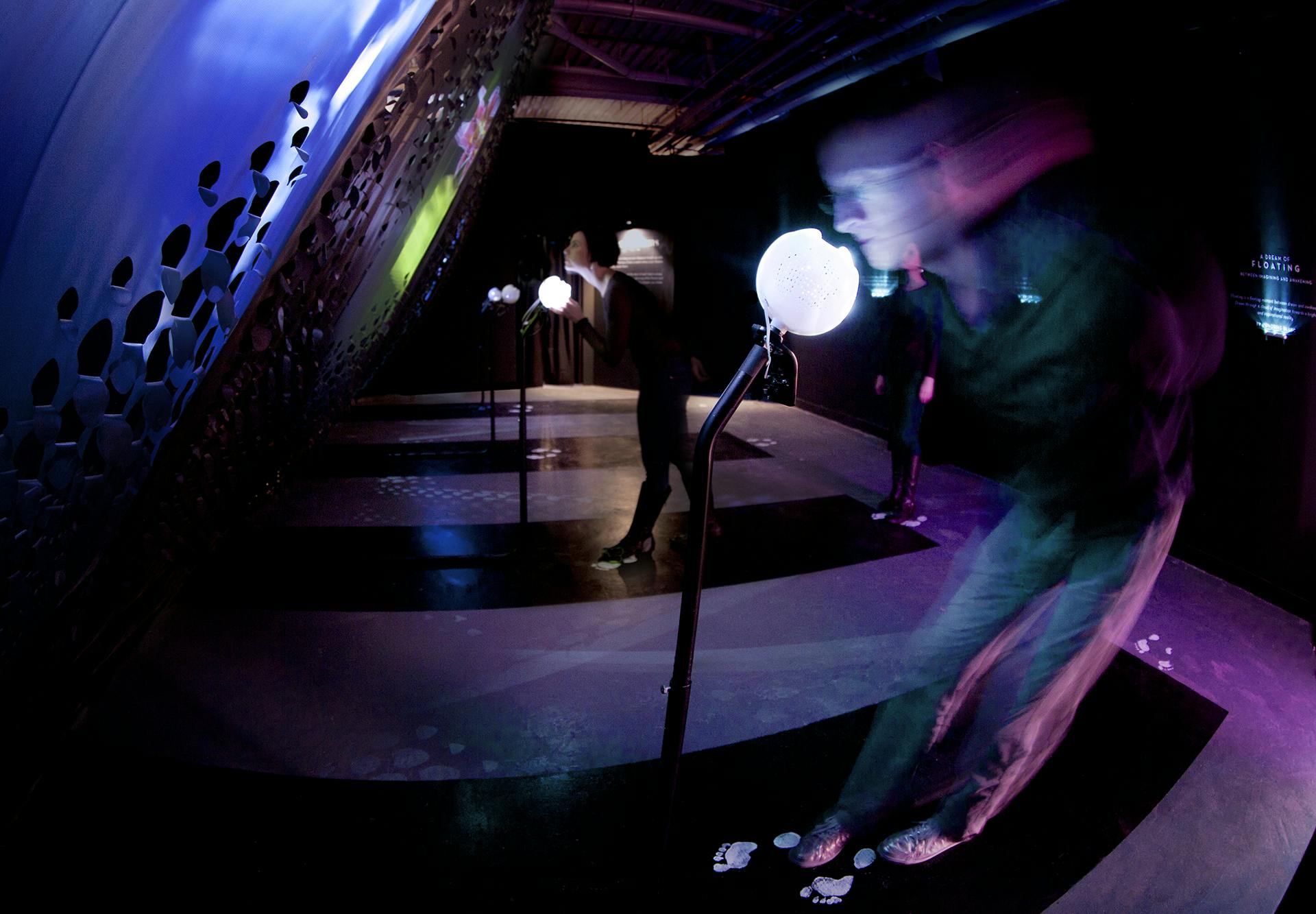
Your work is proof that you look at the world in a very different and unique way. In your own words, “You change the way people understand and engage their world.” Can you give us a little snippet into the genius that goes behind this, a look into your creative process?
My creative process is driven by the constant quest to discover unconventional solutions and challenge the status quo. I immerse myself in research and exploration to uncover fresh insights that can transform how people perceive the world. By fusing design, technology, and storytelling, I aim to craft experiences that evoke emotions and provoke thought. The creative process involves pushing boundaries, embracing risk, and daring to imagine beyond the known to inspire movement in the spaces between people, ideas, and worlds.
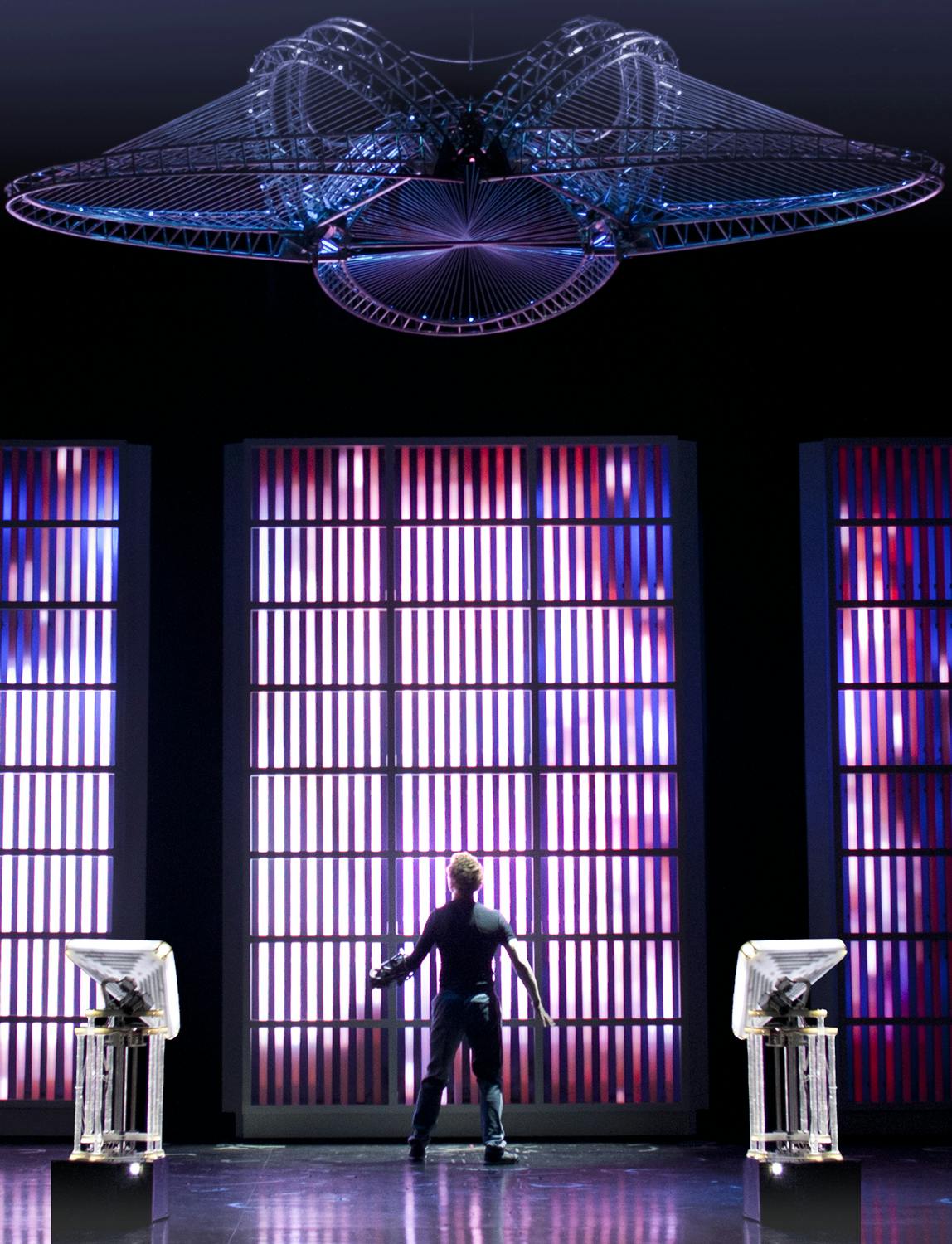
How was the experience working on Minority Report for undoubtedly one of the most talented filmmakers of all time, Steven Spielberg?
Working on Minority Report with Steven Spielberg was an exhilarating experience. Collaborating with a visionary filmmaker like him allowed me to witness the power of storytelling on the grandest scale. It was a unique opportunity to contribute to the dream sequences in the film, where we explored futuristic concepts and cutting-edge technology. Spielberg’s guidance and creativity inspired me to push my boundaries further and aim for excellence in every project I undertake.

Your bio says, “I’m passionate about ideas that inspire movement into the spaces between people, ideas, and worlds.” Can you tell me a bit more about this? What do you hope to achieve with your work?
This passion drives me to break barriers and create experiences that transcend borders and cultures. I believe that by inspiring movement in the spaces between people, ideas, and worlds, we can foster empathy, understanding, and connection. Through my work, I hope to spark curiosity, encourage dialogue, and leave a lasting impact on individuals and communities. Ultimately, I aspire to use design and storytelling to inspire positive change and enrich the human experience.

What has been your most memorable project and what made it so unique?
Every project holds a special place in my heart, but one that stands out is Glyph—the hybrid video and A.I. software artwork showcased at the Dallas Museum of Art’s Speechless exhibition. Glyph’s ability to translate speech into a new visual language, dynamically generated from trending internet images, made it a truly innovative creation. Its uniqueness lies in its capacity to foster cross-cultural communication and offer a fresh perspective on how we connect through language and visuals.
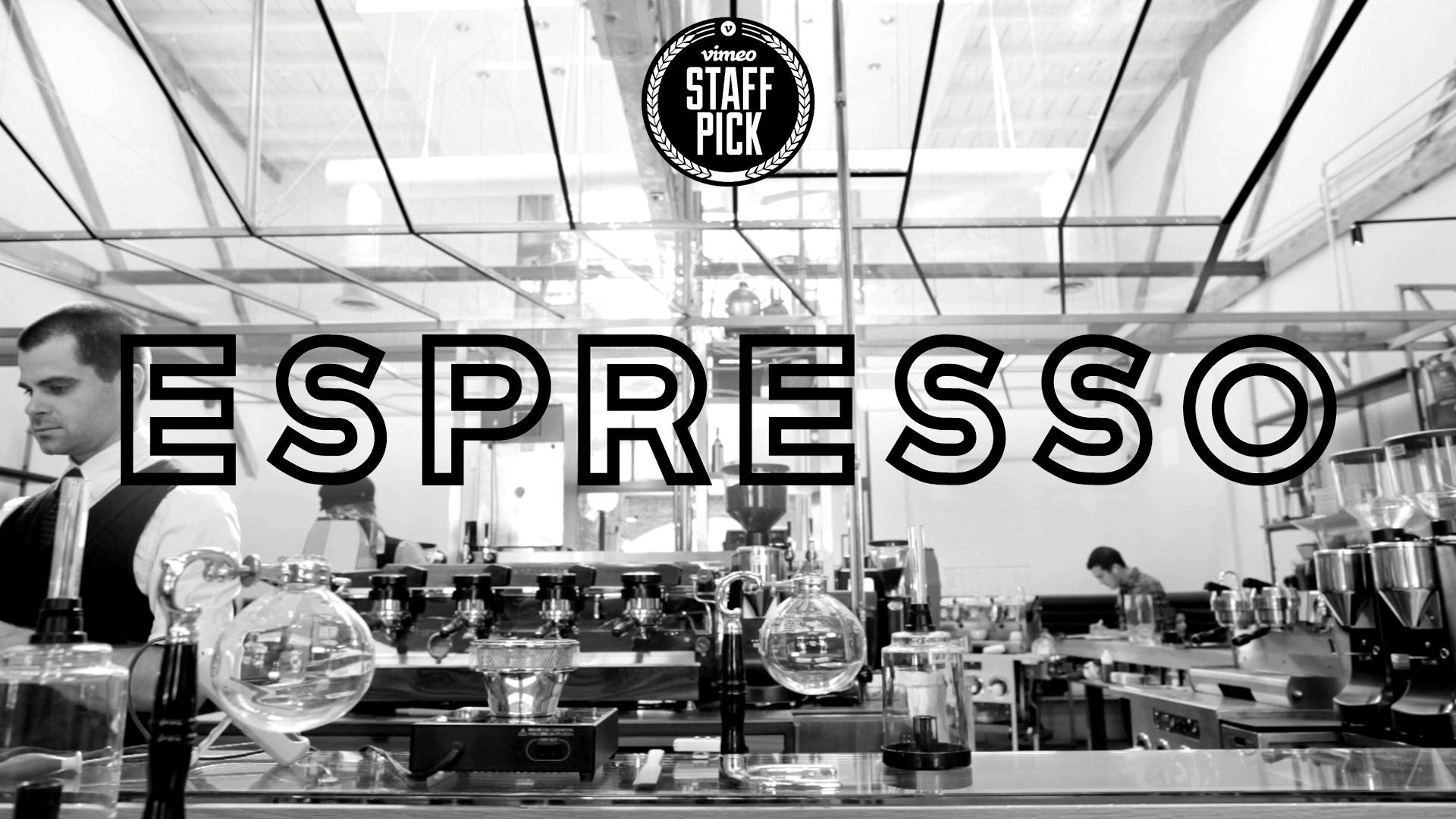
How has your perspective on art evolved since you started your studio?
Starting my studio allowed me the freedom to experiment and explore without constraints. This shift in perspective has opened new horizons and expanded my understanding of the potential of art and design. Through my studio, I have the opportunity to engage with a diverse range of projects and partners, each contributing to the evolution of my creative vision. The studio has become a space of constant growth, where I can challenge norms, embrace innovation, and transform ideas into reality.

You introduced Glyph, a hybrid video and A.I. software artwork that translates speech into a new visual language. That is so interesting! You have also been exploring AI and AR in your work for a while, so what do you think is the future of art and design with the onset of AI?
The future of art and design with AI is incredibly promising. AI opens up exciting possibilities for creating interactive and immersive experiences that redefine how we engage with art. As technology continues to advance, we will witness a fusion of the digital and physical worlds, enabling artists and designers to push the boundaries of creativity. AI can empower us to amplify our storytelling capabilities, personalize experiences, and deepen connections with audiences in unprecedented ways.

Best piece of advice you have gotten that you would like to share with others?
The best piece of advice I have received is to stay curious and embrace experimentation fearlessly. In the creative field, the unknown often leads to the most groundbreaking discoveries. By remaining open to new ideas, taking risks, and constantly seeking inspiration, we can push the boundaries of our work and inspire movement in the world around us.

